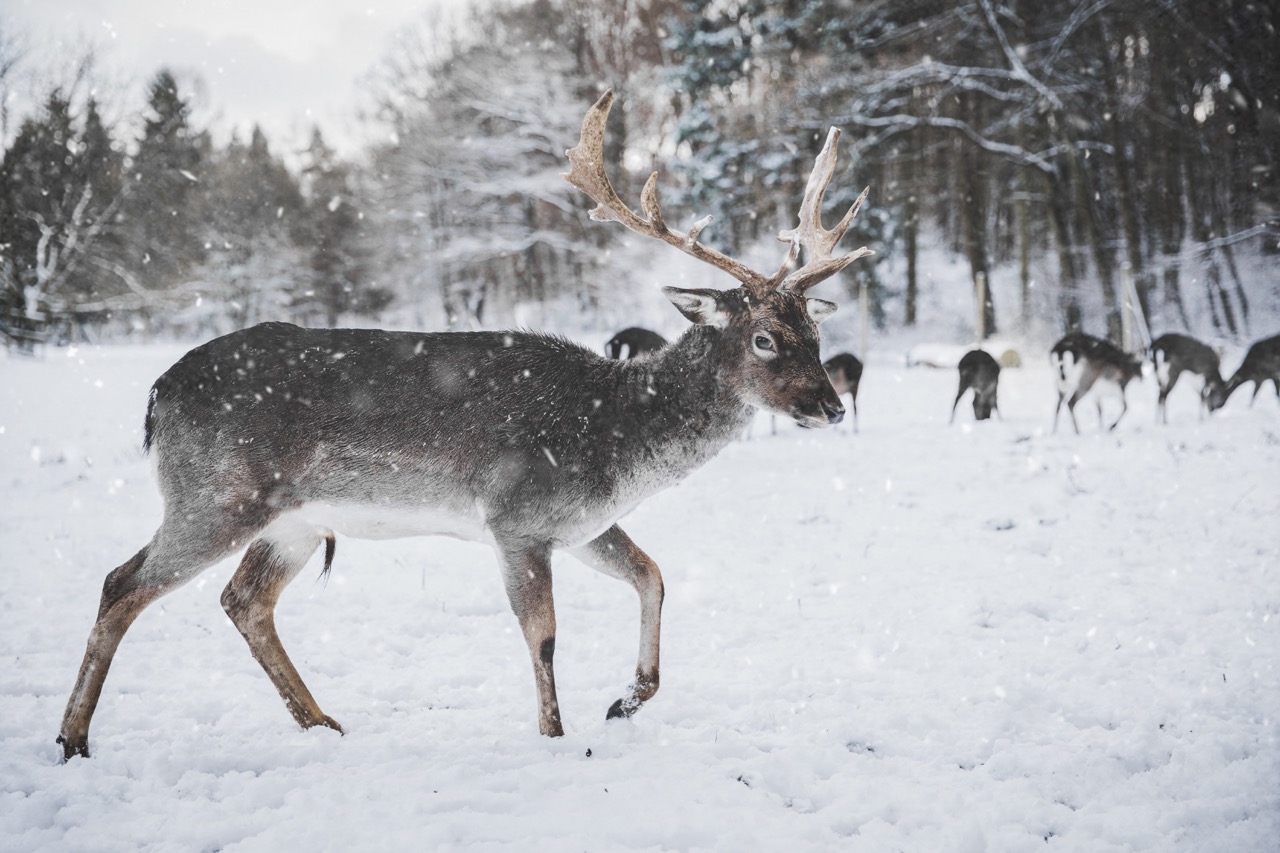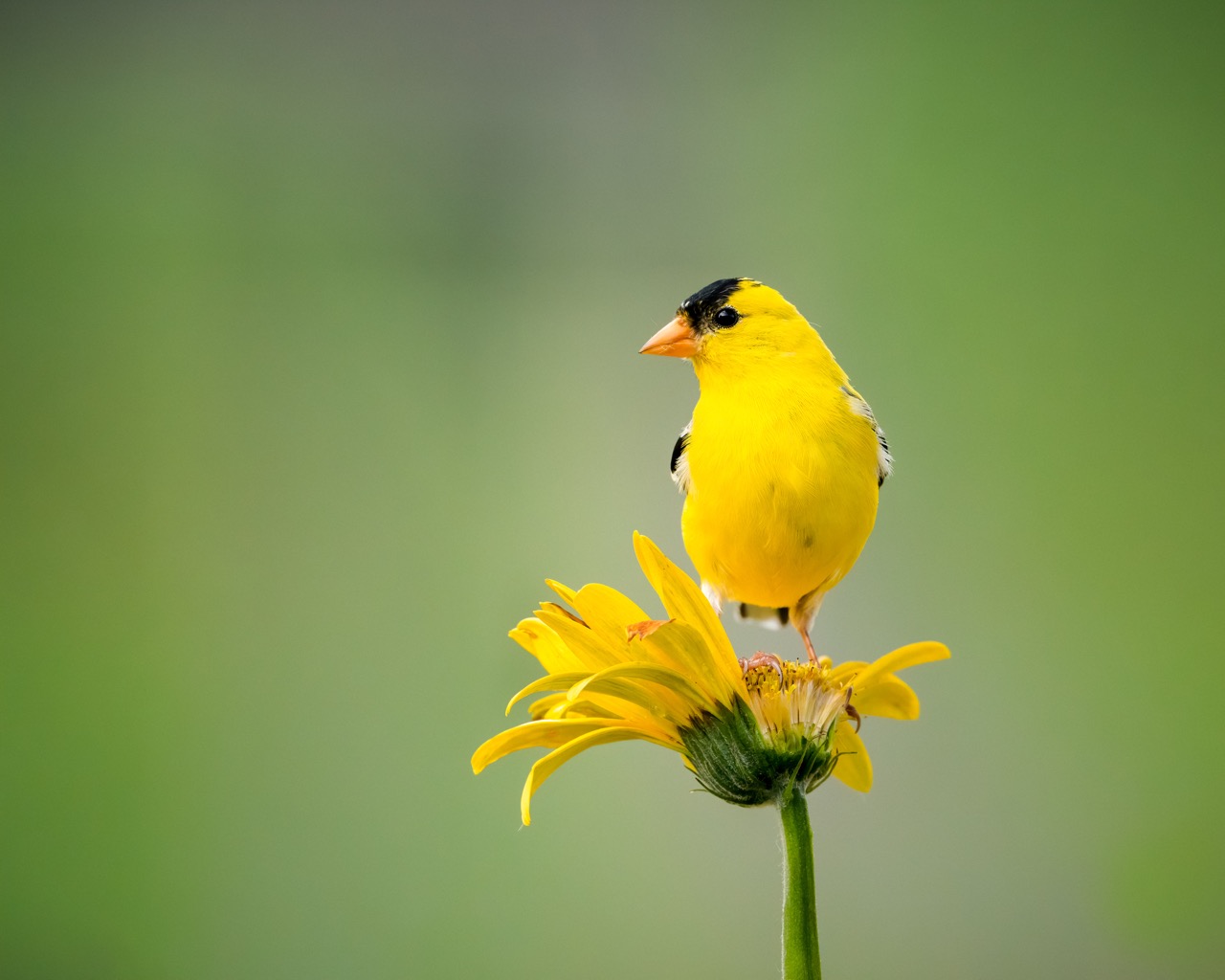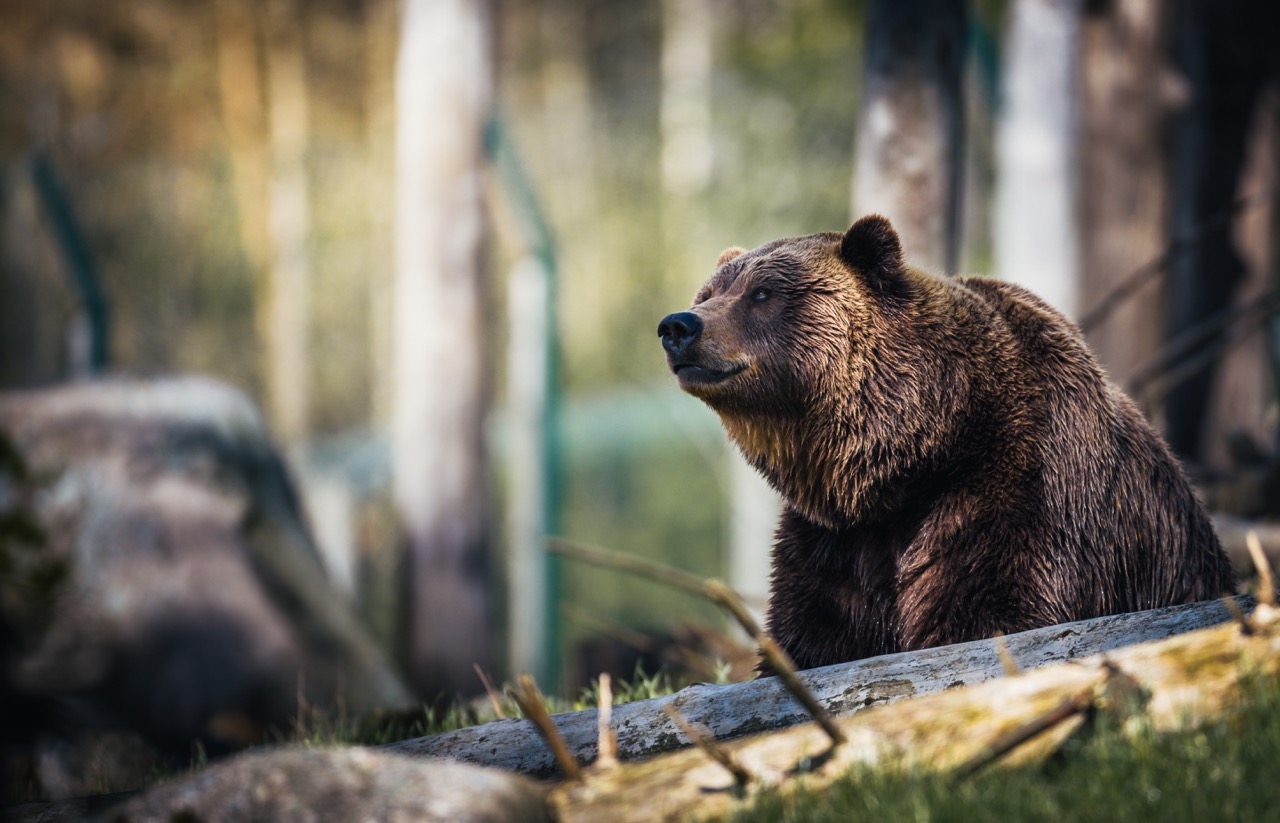Wildlife photography is a captivating pursuit that combines the thrill of adventure with the beauty of nature. It’s a discipline that requires patience, skill, and dedication, as photographers venture into the natural world to document the intricate lives of wild animals.
From the majestic lion roaming the African savannah to the vibrant hummingbird darting through a tropical rainforest, wildlife photography provides unique glimpses into the existence of countless species inhabiting our planet.
The Challenges of Wildlife Photography
Wildlife photography presents several unique challenges that distinguish it from other forms of photography. First and foremost, it requires photographers to work with unpredictable subjects. Wild animals are not models who can be posed or directed; they act according to their instincts and natural behaviors. This unpredictability demands immense patience and perseverance from photographers, who must spend hours, days, or even weeks in the field, waiting for the perfect moment to capture their subject.

Another challenge is the often harsh and remote environments in which wildlife photographers must work. From deserts to dense jungles, these locations present logistical and technical difficulties, including limited access to resources, extreme weather conditions, and the need for specialized equipment.
Additionally, many of the world’s most fascinating species are also among the most elusive, making it a challenge to locate and photograph them in their natural habitats.
Essential Skills and Equipment
To excel in wildlife photography, photographers must develop a diverse set of skills. A solid understanding of animal behavior is crucial, as it enables photographers to anticipate their subjects’ movements and capture unique moments. Technical proficiency with camera gear is also essential, as photographers must adapt to rapidly changing conditions and make split-second decisions in the field.
The right equipment is vital for capturing the best possible images. Many wildlife photographers rely on telephoto lenses, which allow them to maintain a safe distance from their subjects without sacrificing image quality. Additionally, a sturdy tripod is often necessary for stability when using long lenses, and a camera with a fast autofocus system and high burst rate can help capture fleeting moments.

Ethical Considerations
Wildlife photographers have a responsibility to minimize their impact on the ecosystems and species they document. Adhering to ethical guidelines is crucial for the long-term preservation of both the natural world and the integrity of the photography profession. Some key principles include:
Respect for wildlife: Photographers should maintain a safe distance from their subjects and avoid any actions that could disturb or stress them. This includes not baiting or luring animals, avoiding the use of flash, and respecting local regulations regarding wildlife encounters.
Habitat conservation: Photographers should strive to minimize their environmental impact and promote sustainable practices. This includes staying on designated trails, disposing of waste responsibly, and supporting conservation organizations.

- Honesty and accuracy: In post-processing, photographers should avoid excessive manipulation that alters the reality of their images. Presenting wildlife in an accurate and truthful manner is essential for maintaining the credibility of the field.
The Rewards of Wildlife Photography
Despite its challenges, wildlife photography is an immensely rewarding pursuit. It provides an opportunity to connect with nature on a deeper level, fostering a greater appreciation for the planet’s biodiversity and the need to protect it. The images captured by wildlife photographers can inspire others, promote conservation efforts, and serve as a lasting record of the beauty and fragility of the natural world.
In conclusion, wildlife photography is an art form that combines technical expertise with a profound understanding of the natural world. It challenges photographers to push their limits in pursuit of breathtaking images, all while respecting the ethics of conservation and the delicate balance of ecosystems. As a result, wildlife photography offers a unique way to celebrate the beauty and diversity of life on Earth.

